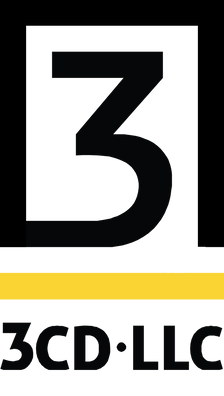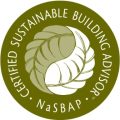Every commercial construction project has a motivation – businesses want to relocate, expand, or improve their facility and that usually requires a construction project to achieve. This core motivation starts a conversation between an owner and architect that results in two important milestones of communication: owner requirements and design intent.
Requirements are the bedrock of the project, the things the owner has to have for the project to achieve its desired outcome. This is often communicated as a certain amount of space, adjacencies between business departments or functions, and infrastructure to ensure access and functionality. Design intent are the instructions to achieve the owner requirements, provided in the form of drawings, specifications and contract terms. If these requirements are not fully described, communicated, or understood, errors and omissions will result in avoidable costs and delays to everyone involved – most of which will be paid by the owner.
While the architect and owner work closely on the initial schematic designs, before you know it, documenting the design intent will become a collective effort performed by a committee of designers, each contributing elements they feel are warranted to achieve or compliment the owner’s requirements. Any loss in translation or errors that occur in this phase have to be timely discovered and corrected by the design team. If not, the redesign, change, and delay costs can be substantial.

Change costs and delays are a clear and present danger at every phase of a construction project. They can and do exhaust budget contingencies, increase construction interest costs and worst of all – delay business operating revenue to the owner. The owner wants to get the facility operational; the designers and contractors want to get on to the next project and the bank wants to loan that money to the next borrower. Delays create a huge economic log jam and even the substantial change fees and additional services don’t make anyone whole.
To add insult to injury – these revisions, costs and delays pummel morale, strain relationships, and make a difficult job even more so. But what can be done?
Here are four tips your team can use to more effectively assemble, communicate, develop and document the owner requirements and design intent. This effort will reduce revisions, change orders and delays, expedite the benefits of the improvement to the owner and avoid the revenue log jam for the entire team.
Tip 1: Ask “Why” then “How”. The more we can know about the motivations and goals for the project, the more accurately designers can translate them into documents that can be permitted, priced, contracted and built. Then ask the owner to help you define metrics that describe how achieving their goals can be measured and demonstrated. Too often we get caught up in “what” which can lead to the “nice to haves”, blown budgets and avoidable revisions.
Tip 2: Create a Requirements Inventory to communicate the owner requirements and design intent. Not only will this be an effective tool for your quality control efforts, the contractor and subcontractors will have an improved context with which to understand the scope of the project and where to find information about how to achieve it. The goal here is crystal clear communication of the most important outcomes for the project.
Tip 3: Establish a formal quality control lead and scope for each design discipline. Determine what validations are to be performed and documented at the schematic, design development, permitting and pricing document milestones (e.g. does it fit through the door, does it require setbacks or connections? Does it need noise mitigation or waste connections?).
Tip 4: Use the Requirements Inventory to interview designers, the GC, key subcontractors prior to award. Ask them what their strategy is to define or complete each requirement and review when quality assurance requirements will be performed, by whom, and how they will be documented.
The AIA suite of contracts generally define design intent as what can be inferred from the totality of the project documents – often comprised of more than 100 pages of plans, volumes of specifications and the owner contract (plus exhibits). While this language provides some comfort to the owner or design team, without a high degree of definition and rigor in these documents, it is impractical to expect that any contractor or subcontractor will or can accurately price or achieve it without additional cost or delay.

A more effective strategy is to cause the design intent to be based on reasonable standards, be efficiently described, useful, and not so vague or cryptic to be overly opportunistic in its application. Because what is fair and practical is achievable and certainly enforceable. Not simply because you deserve it, but because you asked for it, they had every opportunity to timely deliver it, and without changing the price.
At the end of the day we only have so much bandwidth at any given time. An organizational focus on clear communication and quality documentation is an achievable strategy to overcome the root causes of revisions, additional costs and delays. This way we have time to deal with unavoidable challenges like the weather, wildfires, Covid, and so on…
Which methods of validating and communicating owner requirements are working best for you? Please feel free to add to the conversation and of course, share, like and follow if you find this information valuable and or interesting. Stay tuned for next week’s discussion – How to RFI “proof” your documents.
Thanks…Chris



